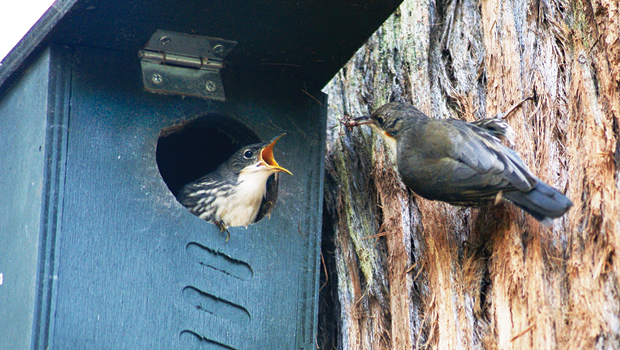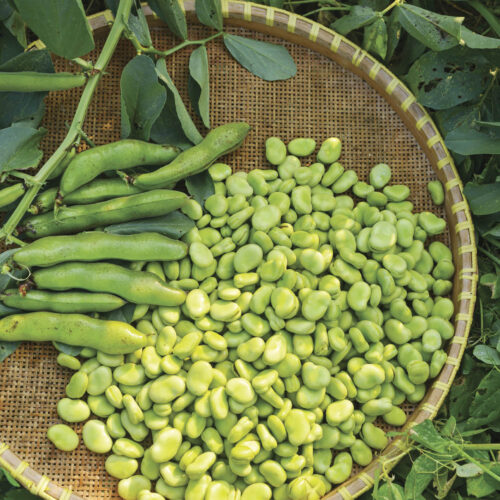Attract native birds to your garden
2017-05-24T06:24:36+10:00
By providing water, nesting havens and protective habitat, it’s possible to create a garden brimming with beautiful birds year-round.
Creating a bird-friendly garden can bring valuable ecological diversity as well as immense joy and amusement to the whole family. Bird watching has seen a boom in popularity in recent years and I highly recommend it. You can start and finish the day by watching the different personalities of native birds in your birdbaths or on your flowers – perhaps just outside your window.
Once they have arrived, insectivorous birds will help to control a whole range of common garden pests, including aphids, caterpillars, moths, harlequin bugs, scale, termites, leaf-eating ladybirds, lerps, curl grub, slaters, slugs and those most unwelcome garden visitors, snails.
A good bird garden provides a diversity of vegetation, providing feeding opportunities, shelter, refuge, roosting places and nest sites for birds. Choosing plants with flowering times that follow each other in rotation throughout the year is also important.
Top bird-attracting natives
There is an enormous range of beautiful, nectar-producing Australian native plants that you can plant. I suggest you spread them through your garden to make it harder for aggressive honeyeaters to monopolise. My four favourites are:
- Banksia species (found Australia-wide). For example silver banksia (Banksia marginata), which may flower for 11 months of the year, attracts birds of all types (such as honeyeaters) with their copious nectar. Insects are also attracted to the nectar, which in turn brings smaller insect-eating birds. Later, seed-eaters such as parrots and cockatoos tear the cones apart and eat the seeds. Marsupials, including sugar gliders and pygmy possums, are attracted to the nectar too.
- Sweet bursaria (Bursaria spinosa) occurs in all states except WA and flowers in late summer when few other plants do. It is a butterfly food plant and provides food for caterpillars of Bright Copper, Eltham Copper and Dull Copper butterflies. The nectar usually comes in time to provide energy for small wasps that help to control pest species. Importantly the thorny foliage is a protective refuge for small birds.
- Bottlebrush (Callistemon species) are also found all over Australia. My own garden has an artificial creekline that includes river bottlebrush that in spring is covered in clouds of Painted Lady butterflies as well as providing nectar for birds and a large range of insects that birds feed on.
- Hardy Correas are found in eastern Australia, producing tubular flowers for most of the year that have evolved for pollination by small honeyeaters with their long fine bills (rather than large, more aggressive honeyeaters). Try to include a number of plants with long, tubular flowers in your garden.
Seed-bearing plants
Native grasses and other small native plants are a wonderful addition to any bird-friendly garden, with many lovely seed- and berry-producing plants such as:
- Wallaby grasses (Rytidosperma species)
- Wedge-leaf hopbush (Dodonea viscosa)
- Ruby saltbush (Enchylaena tomentosa)
- Tussock grasses (Poa species)
- Flax-lily (Dianella species)
Insect-attracting plants
Smaller Australian native wildflowers that bloom for many months and are found all over Australia, are excellent for attracting interesting insects and butterflies that provide food for birds. Suggestions are:
- Everlasting daisies (Leucochrysum species)
- Clustered everlasting (Chrysocephalum semipapposum)
- Shiny everlasting (Xerochrysum viscosum)
- Chocolate lily (Arthropodium strictum)
- Bulbine lily (Bulbine bulbosa)
- Flax-lily (Dianella species)
- Billy-buttons (Craspedia species)
- Scaly buttons (Leptorhynchos species)
We love all things native at ABC Organic Gardener magazine! You’ll find all sorts of tips for growing a garden filled with diversity in the mag: subscribe here!







